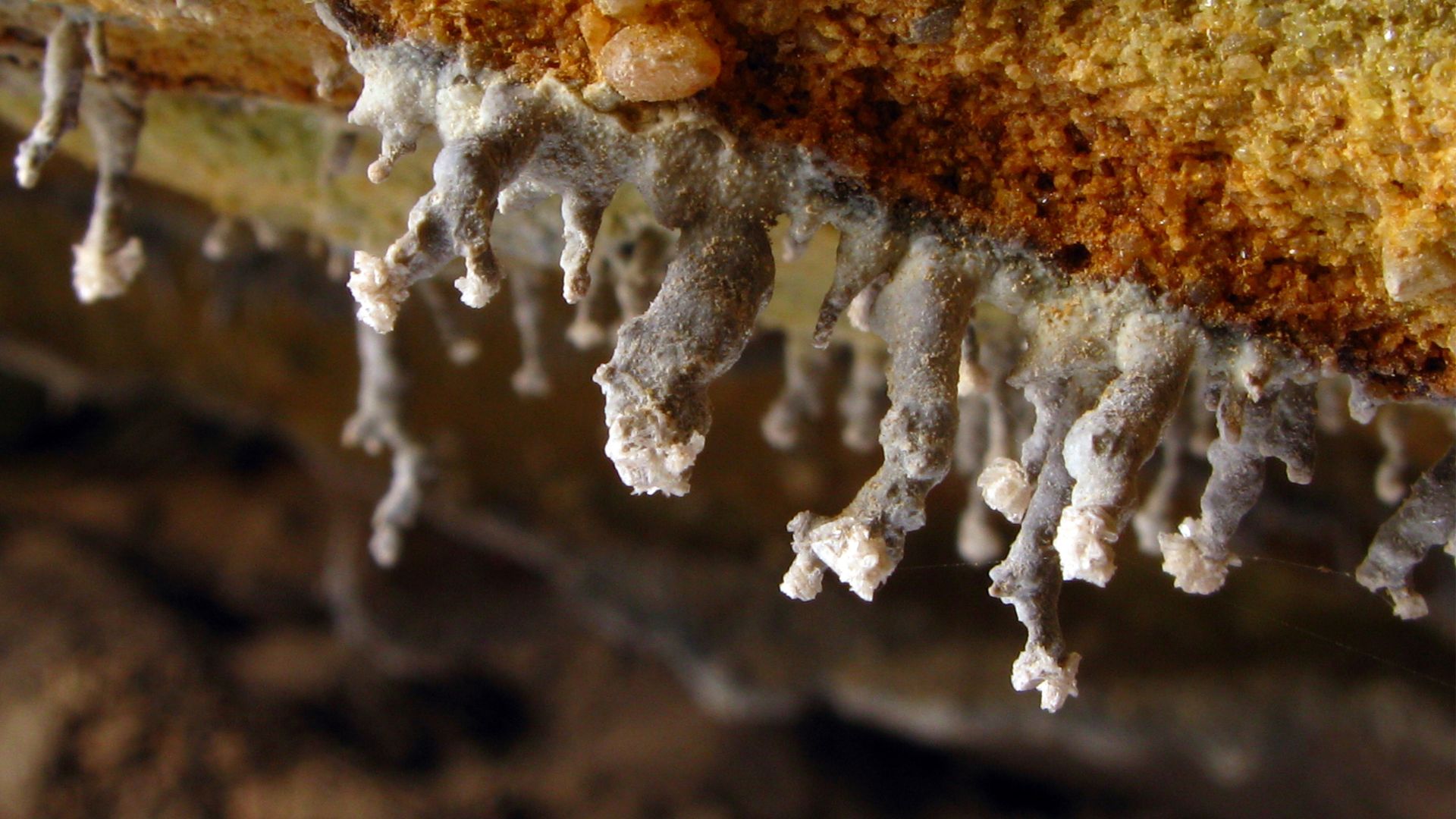For most of human history, we’ve believed that sunlight is the foundation of all life on Earth. However, researchers in China have now uncovered a completely different way life can survive, one that doesn’t need any sunlight at all.
In a recent study, they found that tiny organisms living deep beneath Earth’s surface may get their energy from special chemical reactions that occur due to the fracturing of rocks caused by the movement of tectonic plates.
This fracturing process, also known as crustal faulting, results in the formation of fault zones that allow water and gases to circulate, enabling chemical reactions that don’t require sunlight.
This discovery not only changes how we understand underground ecosystems, but it also hints that similar life could exist on other planets, where sunlight might be permanently out of reach.
“We propose that crustal faulting can generate various redox pairs and drive Fe redox cycling, thereby providing a sustained energy source for subsurface life on Earth and potentially on other planetary bodies,” the study authors note.
Rock-breaking reactions power life without light
The study authors from the Guangzhou Institute of Geochemistry wanted to understand how deep-dwelling microbes obtain access to both energy and oxidants, the two essential ingredients required for life-supporting chemical energy.
While earlier research had shown that these microbes can use hydrogen gas as an energy source, the origin of the necessary oxidants had remained unclear. To solve this mystery, the researchers recreated what happens during natural rock fracturing, which commonly occurs along underground fault lines.
In their lab setup, they applied pressure to different types of rocks to mimic the effects of crustal movement. As the rocks cracked, they released reactive molecules known as free radicals.
These radicals then reacted with water to produce hydrogen gas and compounds like hydrogen peroxide (H2O2), an oxidant. Together, these substances form an energy-rich chemical environment. However, the researchers found something even more striking.
The amount of hydrogen produced during this simulated faulting was astonishing, up to 100,000 times higher than what’s generated by other natural processes like water reacting with certain minerals (serpentinization) or being split by natural radiation (radiolysis).
In addition, the hydrogen and oxidants altered the form of iron (Fe) in the surrounding water and rock, setting off a cycle where iron switched between its oxidized and reduced states. This redox cycling further supports reactions involving other elements that are important for life, such as carbon and nitrogen.
The study authors suggest that earthquakes, or even minor underground shifts, can trigger such chemical conditions that microbes use to survive, and this doesn’t require any input from the sun.
“To survive in the deepest, most hydrogeologically isolated parts of the subsurface, microbes rely on energy derived from redox reactions, using electrons flowing along redox gradients. This process may be key to sustaining microbial diversity and the long-term habitability of the deep biosphere.
Life without sun and beyond Earth
This discovery changes how we think about where life can exist. It shows that geological activity alone, without sunlight or organic matter, can provide enough energy for ecosystems to survive underground.
That’s important not just for understanding Earth, but also for looking beyond it. If fault-driven chemical reactions can support life here, similar conditions could exist on other rocky planets or moons with active geology, like Mars or Europa.
However, it’s important to note that these findings come from lab experiments. The next step is to check how often and how efficiently these reactions happen in real fault zones underground.
If confirmed, this could become a major clue in the search for alien life and help scientists better understand Earth’s own hidden biosphere.
The study is published in the journal Science Advances.
